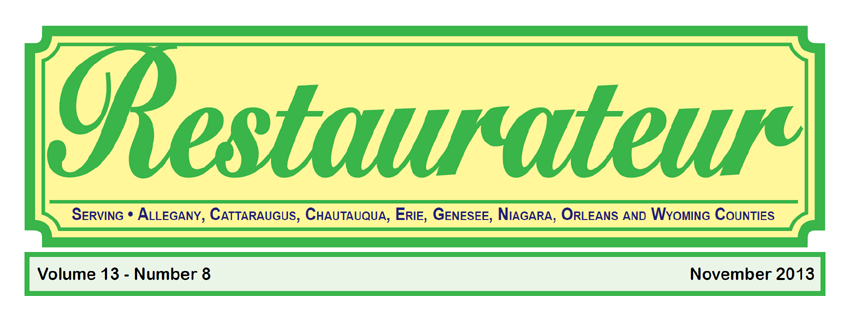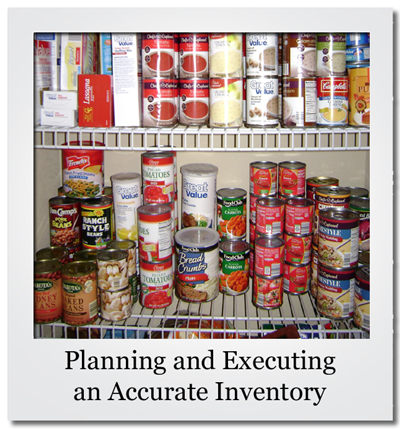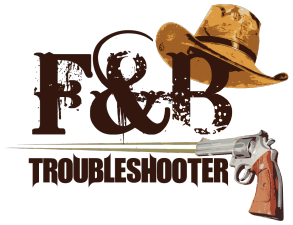
 Planning and Executing an Accurate
Planning and Executing an Accurate
Year End Inventory

Year end inventory is coming. If you are like many restaurant operators, you look back at last yearís inventory and reflect on the disaster it became. Counters were trying to count inventory that was moving from storage to the kitchen. The bookkeeper took a week to compile it. When recorded into the General Ledger, December Food Cost was 89%, Beer was 73%, Liquor was 69% and Wine Cost was 62%. The inventories had to be wrong and were a complete waste of time. If the IRS didnít require an inventory, you would be tempted to skip it this year.
Planning is the key to an accurate inventory count. The plan should consist of the following: receiving cutoff, count sheets, product cost update, systematic inventory counting, quick compilation and product cost calculation, recounts. The General Manager should hold a meeting with the participants a couple weeks prior to the count to review the duties of each.
The inventory should be counted as of the close of business on December 31, after vendor deliveries are received. Product received after year end should be segregated until the count is complete.
If the restaurant is open for business on January 1 (holiday), and staff will count on January 2, an inventory adjustment is needed to reflect inventory used after the cutoff. Sales by category, per the cash register readings, should be multiplied by each categoryís year to date product cost percentage through November. These amounts should be added to the inventory totals.
Inventory items should be listed alphabetically on Excel spreadsheets. Columns should include Description, Size, Quantity, Unit Cost, and Extended Cost. The bookkeeper should update the unit costs prior to the inventory count using current invoices and vendor price lists so the listing can be finalized quickly upon conclusion of the count.
The plan should list the various inventory locations and the people assigned to count them. Each counter should start at one place in the location, and systematically count left to right, top to bottom. Going from the count sheet to the inventory can result in missed inventory if items are stored in more than one place or if new items are not included on the count sheet.
Upon receipt of the completed count sheets, the Bookkeeper should immediately key the counts into Excel and compile the totals by Food, Beer, Liquor, Wine. All invoices affecting product cost should be entered into the General Ledger. She should calculate Food, Beer, Liquor, and Wine cost for December and year to date.
The operator should review the inventory listings, paying attention to items with extremely large or small extensions. Check quantities and unit costs to see if they are reasonable. If the review is done immediately, there will be time to recount items that look wrong and make corrections.
The year end inventory is very important. It is an analytical tool that can identify areas requiring your attention, i.e. year to date product cost accuracy, industry average comparisons, menu pricing issues, waste, spoilage, etc.
(RETURN)
